Travelers often seek out historic destinations to walk among ancient stones, stand where pivotal events unfolded, or trace the footsteps of notable figures from the past. Yet time and again, visitors discover that the true heart of these places beats not in monuments but in the warmth, stories, and genuine connections offered by the people who call these storied locations home.
Here is a list of 20 towns where travelers arrive seeking history but depart cherishing the authentic human connections that transformed their experience.
Fez, Morocco
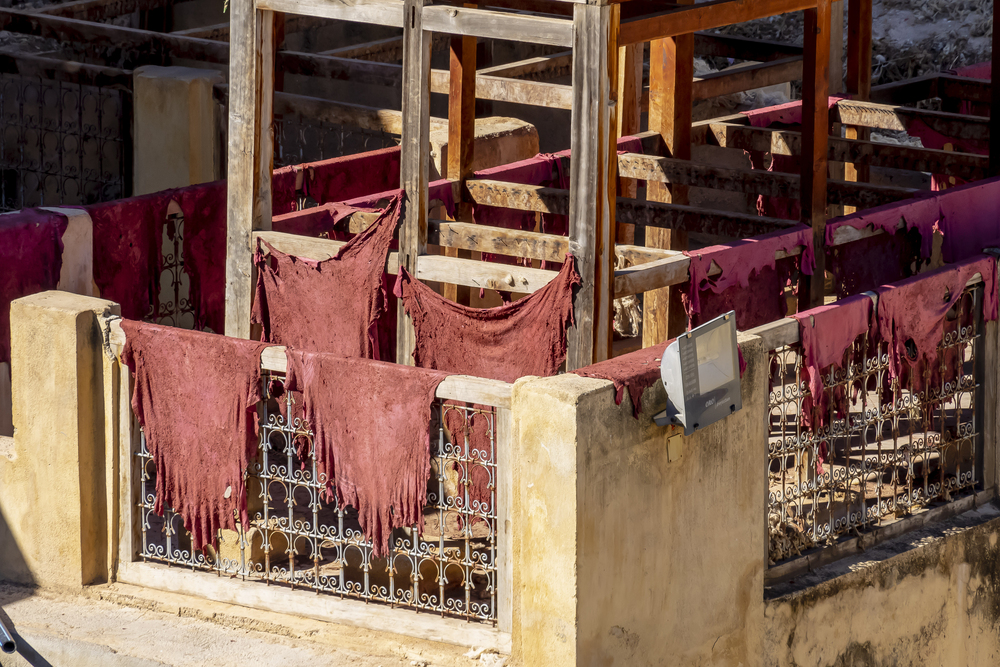
The medieval medina draws visitors with its 9,000 winding alleyways, ancient madrasas, and the world’s oldest continuously operating university. Local artisans welcome travelers into their workshops, demonstrating traditional techniques for pottery, metalwork, and leather tanning, which remain unchanged across generations.
Families regularly invite strangers to share mint tea and home-cooked tagines, creating cultural exchanges where conversation flows despite language barriers.
Kyoto, Japan
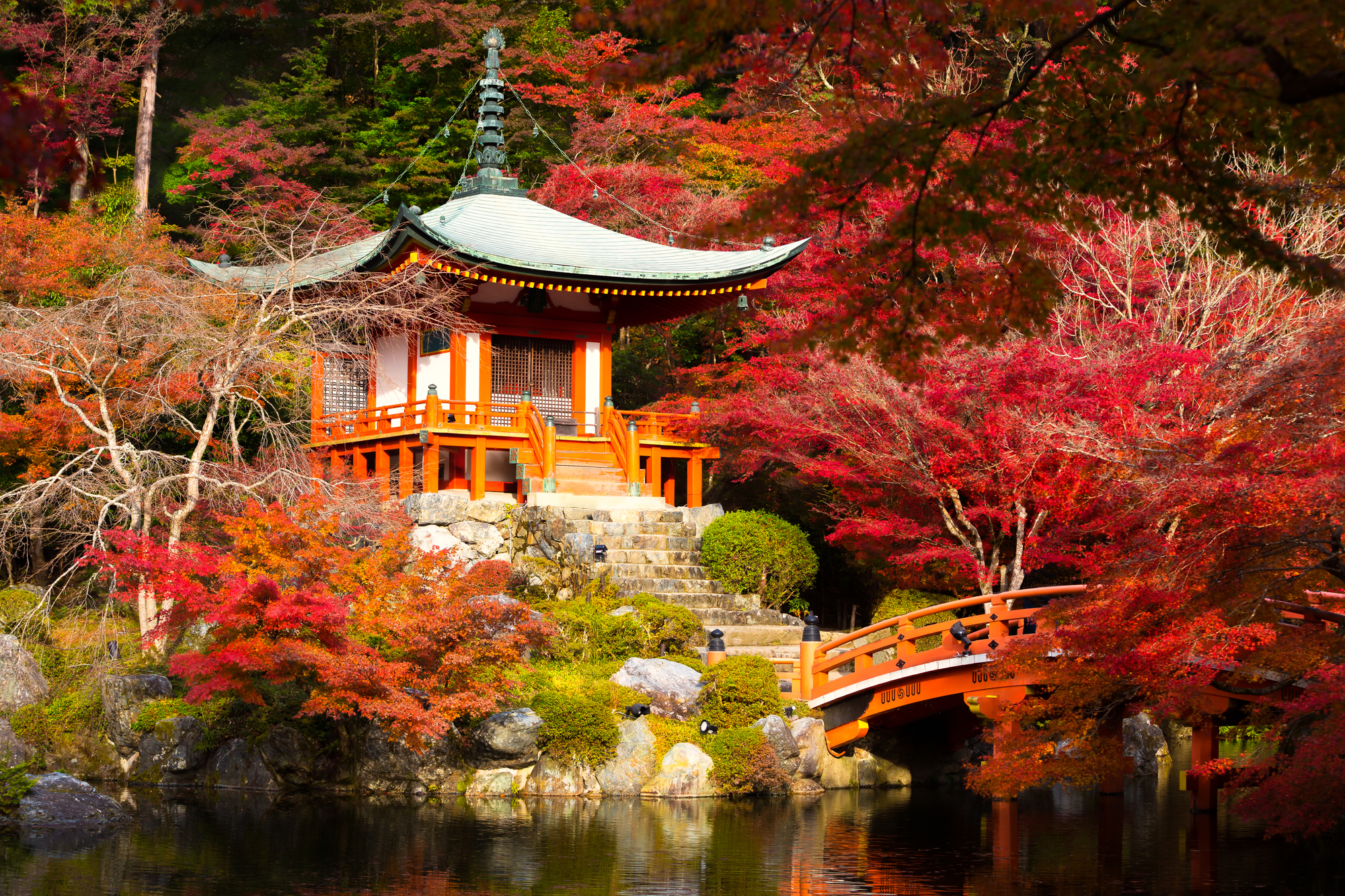
The former imperial capital preserves over 1,600 Buddhist temples, 400 Shinto shrines, and 17 UNESCO World Heritage sites spanning a millennium of Japanese history. Travelers discover living traditions maintained by local practitioners, from tea masters who dedicate decades to perfecting ceremonial movements to kimono artisans preserving dying textile techniques.
The concept of omotenashi—wholehearted hospitality—manifests when shopkeepers walk customers several blocks to ensure they find their destination.
Like Travel Pug’s content? Follow us on MSN.
Guanajuato, Mexico
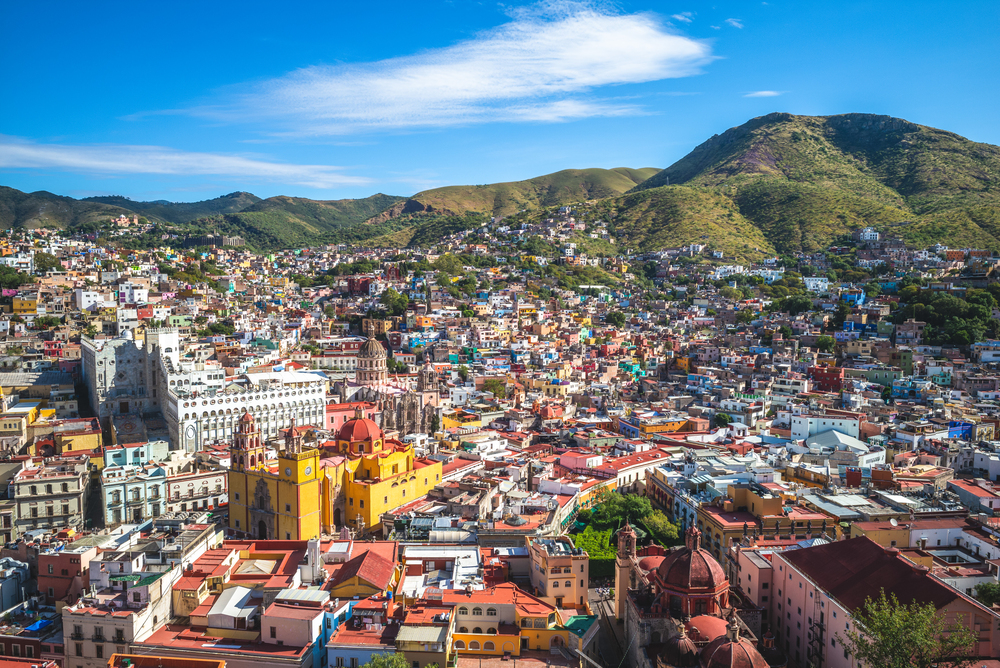
This UNESCO-listed colonial city attracts history buffs with its silver mining heritage, underground tunnels, and pivotal role in Mexico’s independence movement. The city comes alive through university students who organize impromptu musical performances in the winding callejones, creating natural amphitheaters for traditional groups.
Local families maintain evening musical processions through narrow alleys, spontaneously inviting tourists to join these community celebrations.
Český Krumlov, Czech Republic

The pristinely preserved medieval town features a 13th-century castle complex overlooking a picturesque river bend, with architecture that survived World War II undamaged. The town’s small population includes families who have lived here for generations alongside artists drawn by the inspiring surroundings.
Pub owners share homemade plum brandy with patrons while recounting personal stories of life during the Communist era, offering historical perspectives rarely found in guidebooks.
Savannah, Georgia
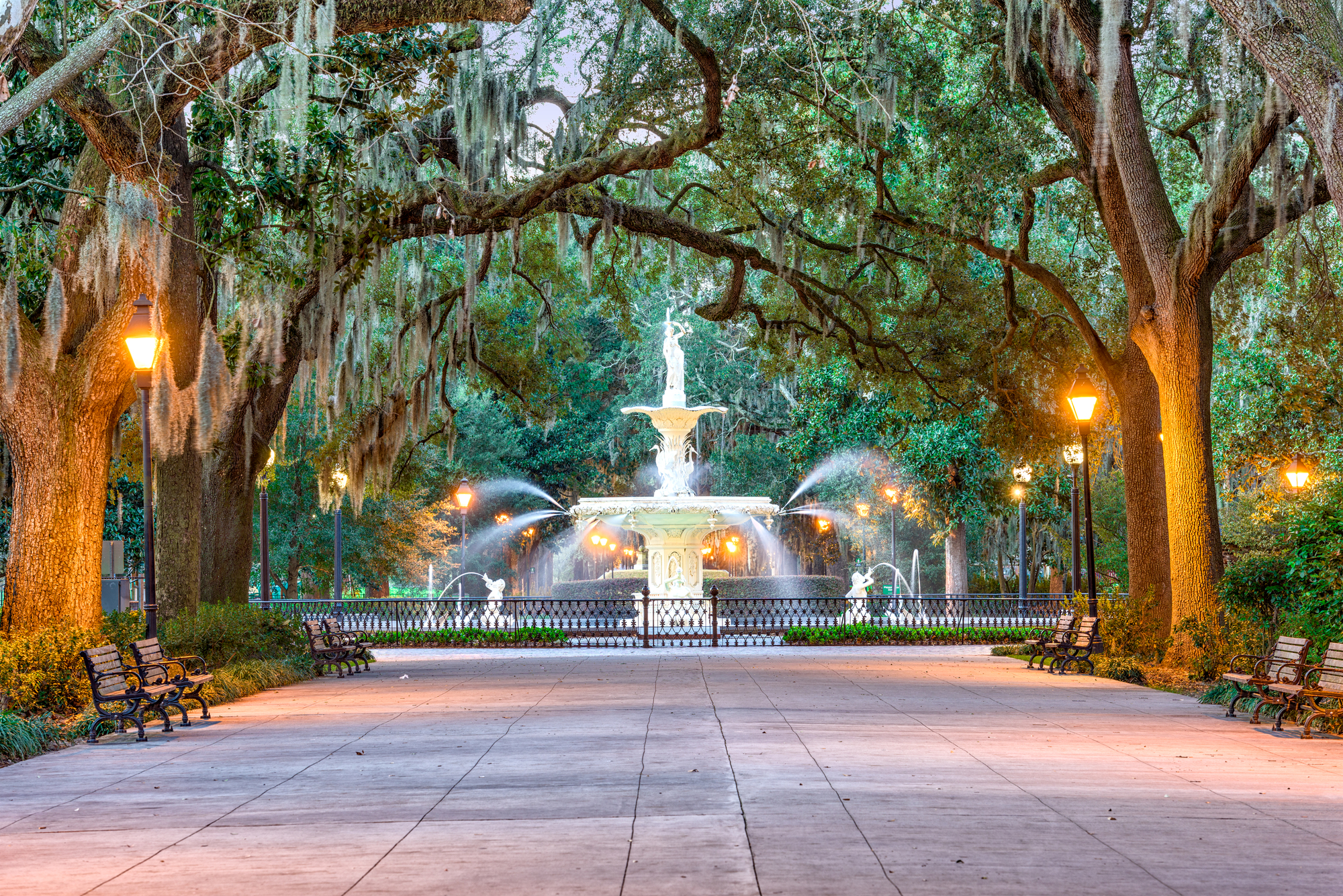
The planned colonial city features 22 historic squares surrounded by antebellum mansions, with Spanish moss draping over America’s largest National Historic Landmark District. Savannah’s famed Southern hospitality manifests in porch conversations that start between strangers and end hours later among friends.
Residents casually weave tales of the city’s complex history with personal anecdotes, creating nuanced narratives that complement and sometimes challenge the official historic record.
Like Travel Pug’s content? Follow us on MSN.
Cusco, Peru

The former Incan capital sits 11,000 feet above sea level with Spanish colonial architecture built atop precise Incan stonework. Indigenous Quechua women aren’t simply photographic subjects but entrepreneurs managing their businesses, teaching visitors about medicinal plants and ancient weaving techniques.
Families in surrounding villages open their homes to travelers interested in agricultural traditions, sharing activities from potato harvesting to chicha brewing, which has been unchanged for centuries.
York, England

The walled city boasts 2,000 years of continuous habitation from Roman foundations through Viking settlement to its magnificent medieval minster. Local volunteer guides bring this heritage to life through free walking tours, transforming facts into vivid narratives shaped by personal connections to the city’s past.
Pub landlords maintain the tradition of friendly debate, welcoming travelers into discussions about everything from local politics to ghost stories documented since the Middle Ages.
Luang Prabang, Laos

The UNESCO site sits at the confluence of two rivers, with 33 gilded Buddhist temples alongside French colonial architecture. Every morning, local residents continue the centuries-old tradition of giving alms to saffron-robed monks, an authentic spiritual practice that contrasts with staged performances found elsewhere.
Village artisans invite visitors to participate in traditional crafts rather than simply selling finished products, creating opportunities to learn techniques distinctive to each ethnic community.
Like Travel Pug’s content? Follow us on MSN.
Aarhus, Denmark
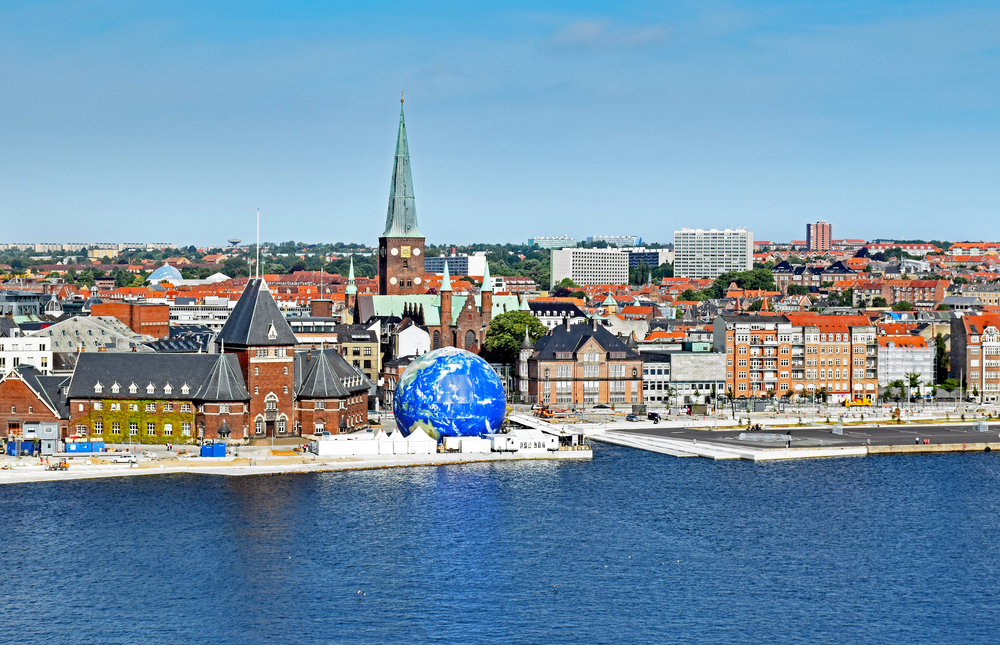
The coastal city dates back to the Viking Age, with a preserved old town featuring original timber-framed buildings relocated from throughout Denmark. Danish hygge manifests through locals who initiate conversations with solo travelers over coffee and are genuinely interested in cultural exchange rather than one-sided tourism.
Residents spontaneously translate menus, give directions, or offer recommendations with characteristic Scandinavian straightforwardness that quickly breaks down barriers.
San Gimignano, Italy
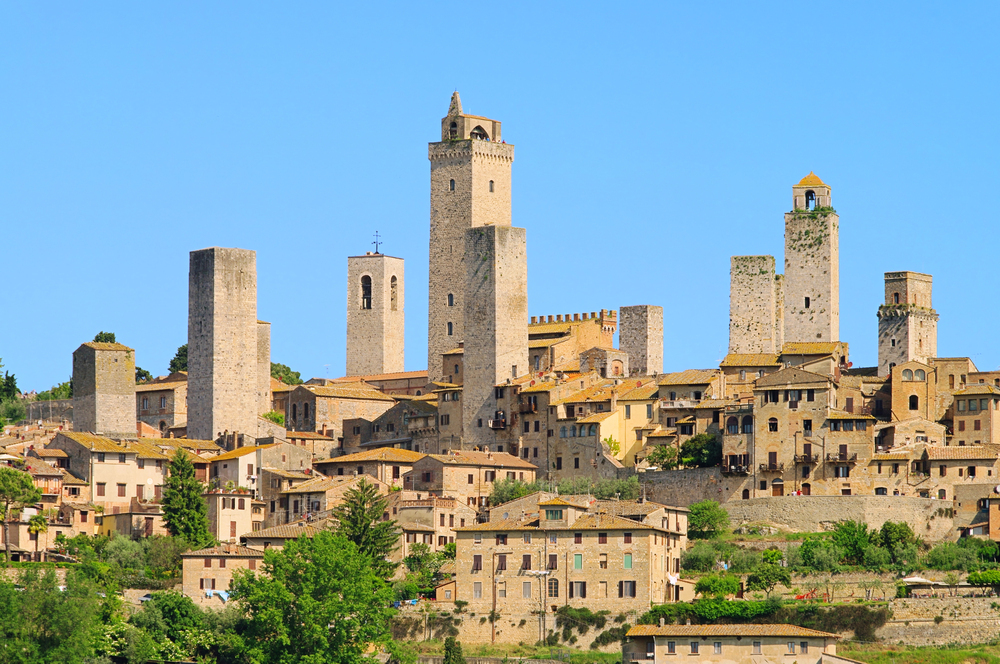
The “Town of Fine Towers” preserves 14 medieval stone towers, creating a distinctive skyline recognized by UNESCO. Family-owned businesses operate in buildings their ancestors have occupied for generations, from wineries producing local Vernaccia to artisanal gelato makers experimenting with traditional flavors.
Elderly residents in the main piazza share firsthand accounts of the town’s transformation from a struggling agricultural community to a protected historic treasure.
Trinidad, Cuba

The colonial-era sugar trade capital remains frozen in time with cobblestone streets and pastel-colored houses showcasing 16th-century Spanish influences. Residents maintain an irrepressible spirit through community-organized street music, where everyone participates in impromptu dance sessions that welcome visitors as active participants.
Local homestay hosts create genuine connections with guests, sharing family meals and stories that reveal the complex realities of Cuban life beyond tourist brochures.
Like Travel Pug’s content? Follow us on MSN.
Hoi An, Vietnam

The former trading port preserves a mix of architectural influences from Chinese temples and Japanese merchant houses to French colonial buildings, illuminated by silk lanterns after sunset. Local tailors build relationships with customers through consultations where family traditions of craftsmanship blend with personal stories that continue through years of international friendships.
Cooking class instructors invite travelers into their homes, sharing culinary traditions while creating space for authentic cultural exchange.
Assisi, Italy

The birthplace of St. Francis draws religious pilgrims and art historians to its basilica adorned with Giotto’s revolutionary frescoes. The Franciscan values of simplicity and kindness manifest in modern residents through genuine acts of compassion, from shopkeepers who refuse to price-gouge tourists to locals who help elderly pilgrims navigate steep streets.
Multigenerational families share perspectives on balancing preservation with progress, creating dialogues about sustainable tourism with visitors.
Charleston, South Carolina
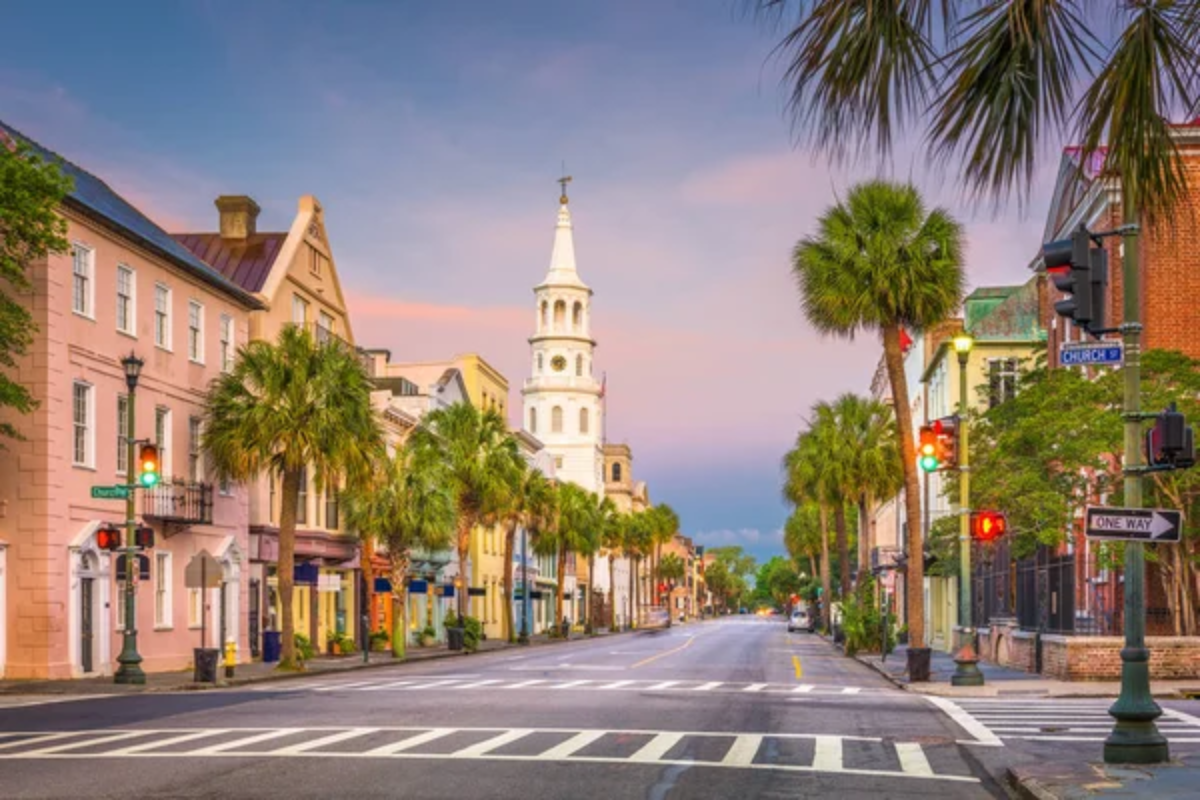
The historic port city showcases preserved antebellum architecture alongside Revolutionary and Civil War sites. The distinctive Gullah culture remains alive through community members who share their unique Creole language, culinary traditions, and crafts like sweetgrass basket weaving connected to West African heritage.
Residents demonstrate Southern hospitality through interactions that acknowledge the city’s complicated past while creating authentic connections with visitors.
Like Travel Pug’s content? Follow us on MSN.
Évora, Portugal

The walled medieval town contains 2,000 years of history from its Roman temple to Moorish influences and the Chapel of Bones, all within a UNESCO-protected center. Cork farmers and winemaking families maintain traditional agricultural practices while sharing their knowledge of local ecosystems, often inviting travelers to participate in harvests.
Elderly residents eagerly share stories in multiple languages acquired during Portugal’s diaspora years, welcoming foreigners as potential friends.
Matera, Italy

The ancient city of cave dwellings dates back 9,000 years, with structures carved directly into limestone cliffs. Local families who once lived in these caves, declared unfit for habitation in the 1950s, but now restored as boutique accommodations, openly share their personal experiences of poverty transformed through tourism.
Artists and artisans drawn to the unique environment have revitalized traditional crafts while creating a community that embraces visitors through workshops and home-cooked meals.
Dahshur, Egypt

The archaeological site contains some of Egypt’s oldest pyramids, including the Bent Pyramid and Red Pyramid, which predate the more famous Giza complex. Bedouin families living near these ancient monuments welcome travelers into goat-hair tents for coffee and conversation, sharing their perspective as modern caretakers of ancestral lands.
Children practice English with visitors while grandparents demonstrate desert survival techniques, creating intergenerational exchanges that humanize these ancient stones.
Like Travel Pug’s content? Follow us on MSN.
Ohrid, North Macedonia
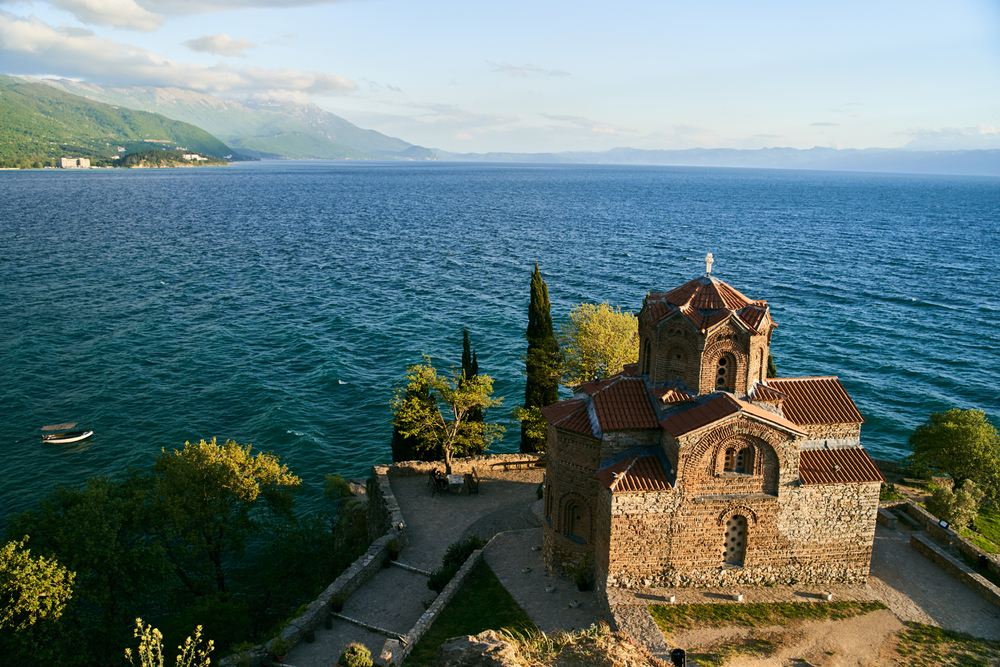
The lakeside town combines natural beauty with cultural significance through its “365 churches” and archaeological sites dating back to ancient Greek and Roman settlements. Families maintain traditions of icon painting and woodcarving using techniques unchanged since Byzantine times, with workshops doubling as informal museums.
Fishermen continue ancient methods on one of Europe’s oldest lakes, often inviting visitors onto their boats or to join meals featuring recipes that blend Balkan, Mediterranean, and Ottoman influences.
Ubud, Bali
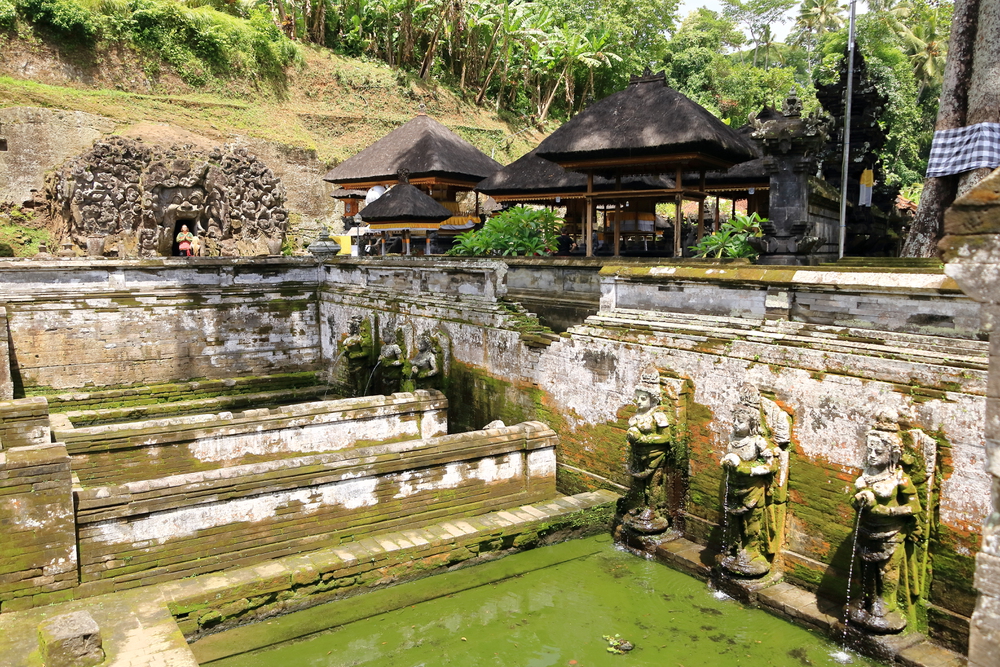
The cultural heart of Bali attracts visitors with its ancient temples, royal palaces, and traditional dance performances set amidst terraced rice fields. Travelers discover a community where daily life integrates spiritual practices, with family compounds opening their temple gates during ceremonies that welcome respectful participation.
Local healers, artists, and dancers share their knowledge through impromptu conversations, creating organic opportunities for cultural exchange that transcend commercial transactions.
Delphi, Greece

The ancient sanctuary draws archaeology enthusiasts to its Temple of Apollo, stadium, and theater, dramatically positioned on Mount Parnassus. Village residents in nearby Arachova maintain traditions of mountain hospitality, sharing locally produced olives, cheese, and tsipouro with travelers they meet along footpaths.
Shepherds continuing thousand-year-old practices offer insights into sustainable living in this sacred landscape, creating unexpected mentorships between strangers.
Like Travel Pug’s content? Follow us on MSN.
Beyond Monuments and Museums

These destinations remind us that while historic sites may initially attract our attention, it’s the living, breathing communities that truly transform travel experiences from observation to participation. The most meaningful souvenirs often come from conversations with locals who generously share their stories, homes, and perspectives.
For travelers willing to look beyond guidebook recommendations, these towns offer something far more valuable than perfectly preserved history—they offer perfectly present humanity.
More from Travel Pug

- Cities Growing so Fast You Won’t Recognize Them in 10 Years
- 13 Destinations Where Tourists Regularly Regret Their Trip
- 20 Obscure WWII Sites Even History Buffs Don’t Know About
- 10 Under-the-Radar Mountain Towns That Are Both Affordable and Beautiful
- Remote Villages in Europe Where You Can Live for Free in Exchange for Work
Like Travel Pug’s content? Follow us on MSN.
